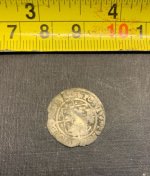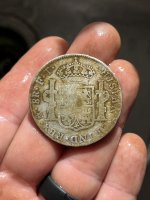Fluid_Thought
Jr. Member
- May 29, 2005
- 33
- 0
- Detector(s) used
- Garrett ACE 250 w/ Crossfire II 8.5" Coil
Hi all,
I'm pretty new to all this metal detectors and meteorite hunting but am wondering which detectors work best for this. My current detector is a Garrett Treasure Ace 200 (no longer produced) but has found a great many things of interest. Just curious what everyone else?s thoughts are.
I'm pretty new to all this metal detectors and meteorite hunting but am wondering which detectors work best for this. My current detector is a Garrett Treasure Ace 200 (no longer produced) but has found a great many things of interest. Just curious what everyone else?s thoughts are.






